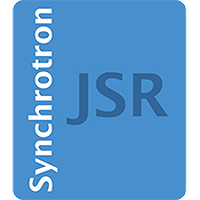Recently it was verified that the diffraction efficiency of reflection gratings with rectangular profile, when illuminated at grazing angles of incidence with the beam trajectory along the grooves and not perpendicular to them, remains very high for tender X-rays of several keV photon energy. This very efficient operation of a reflection grating in the extreme off-plane orientation, i.e. in conical diffraction, offers the possibility of designing a conical diffraction monochromator scheme that provides efficient continuous photon energy tuning over rather large tuning ranges. For example, the tuning could cover photon energies from below 1000 eV up to 8 keV. The expected transmission of the entire instrument is high as all components are always operated below the critical angle for total reflection. In the simplest version of the instrument a plane grating is preceded by a plane mirror rotating simultaneously with it. The photon energy selection will then be made using the combination of a focusing mirror and exit slit. As is common for grating monochromators for soft X-ray radiation, the minimum spectral bandwidth is source-size-limited, while the bandwidth can be adjusted freely to any larger value. As far as tender X-rays (2-8 keV) are concerned, the minimum bandwidth is at least one and up to two orders of magnitude larger than the bandwidth provided by Si(111) double-crystal monochromators in a collimated beam. Therefore the instrument will provide more flux, which can even be increased at the expense of a bandwidth increase. On the other hand, for softer X-rays with photon energies below 1 keV, competitive relative spectral resolving powers of the order of 10000 are possible.

An efficient plane-grating monochromator based on conical diffraction for continuous tuning in the entire soft X-ray range including tender X-rays (2-8 keV)
Review badges
0 pre-pub reviews
0 post-pub reviews